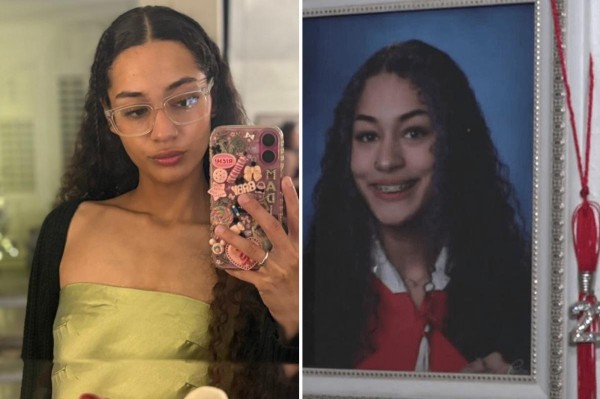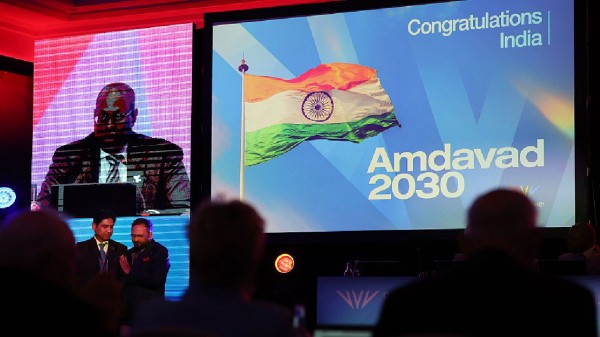

By signing in or creating an account, you agree with Associated Broadcasting Company's Terms & Conditions and Privacy Policy.


By signing in or creating an account, you agree with Associated Broadcasting Company's Terms & Conditions and Privacy Policy.

Washington DC: For most people, stress relief might involve deep breathing, meditation, or exercise. However, for individuals with trichotillomania, stress manifests in a compulsive urge to pull out their own hair. Trichotillomania, often referred to as “hair-pulling disorder,” is a psychological condition where individuals repeatedly and uncontrollably pull out hair from their scalp, eyebrows, eyelashes, or other body areas.
This behaviour can provide temporary relief from stress or anxiety, but it often leads to distress, shame, and even bald patches.
Trichotillomania is classified as a body-focused repetitive behaviour (BFRB) and is linked to obsessive-compulsive disorder (OCD). While some people pull their hair consciously as a way to deal with overwhelming emotions, others do it unconsciously, often realising only after they see the physical effects. Many individuals describe feeling tension before pulling and relief or satisfaction afterwards, making it a cycle that is difficult to break.
Though it affects people worldwide, trichotillomania remains misunderstood. It is more common than one might think, with research suggesting that 1-2% of the global population experiences it at some point in their lives. The condition often begins in childhood or adolescence and may persist into adulthood. Despite its prevalence, many who suffer from it feel embarrassed or attempt to hide the habit, fearing judgment from others.
The causes of trichotillomania are not entirely clear, but experts believe a combination of genetic, neurological, and environmental factors plays a role. Stress, anxiety, or boredom often trigger episodes, but some people pull their hair absentmindedly without any clear emotional reason.
While there is no universal cure, treatments such as cognitive-behavioural therapy (CBT), habit reversal training, and medications can help individuals manage their urges. Some find relief in stress-reducing activities like mindfulness, fidget toys, or wearing gloves to prevent easy access to hair.
Trichotillomania is more than just a “bad habit”—it is a real and often distressing condition. Raising awareness and understanding can help those affected feel less alone and more empowered to seek support.












